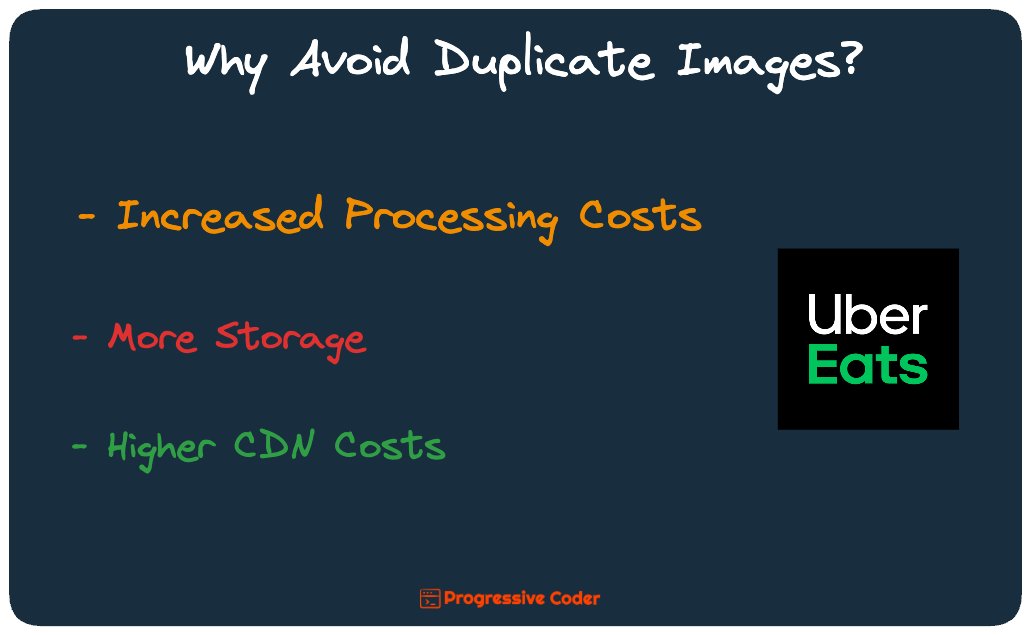
Writing the System Design Codex Newsletter • I simplify software design with concepts and case studies
2 subscribers
How to get URL link on X (Twitter) App


 ✅ Request Response with HTTP
✅ Request Response with HTTP

 [1] Caching
[1] Caching 





 [1] 3 Types of Event Patterns in EDA
[1] 3 Types of Event Patterns in EDA
 #1 - Array
#1 - Array
 The solution is to use cookies.
The solution is to use cookies.
 #1 - Document Databases
#1 - Document Databases

 #1 - Scalability
#1 - Scalability
 A system has 3 guarantees:
A system has 3 guarantees:
 #1 - The First Signs of Trouble
#1 - The First Signs of Trouble

 #1 - Initial Implementation
#1 - Initial Implementation

 #1 - Fire and Forget
#1 - Fire and Forget

 #1 - Manual Deployment.
#1 - Manual Deployment.

 #1 - Choose a Tech Discipline
#1 - Choose a Tech Discipline

 #1 - Kafka Messages & Batches
#1 - Kafka Messages & Batches